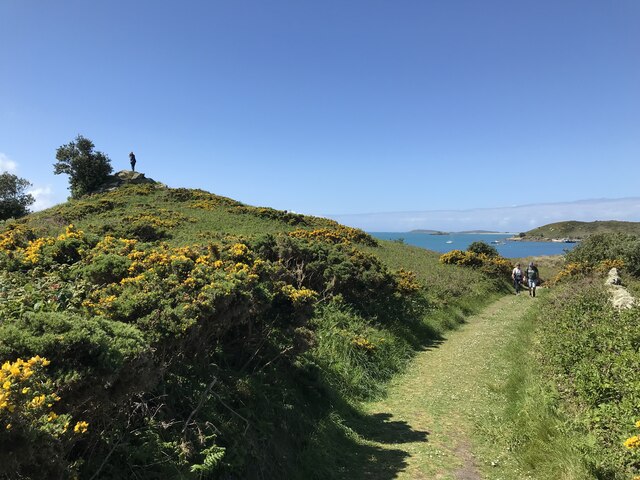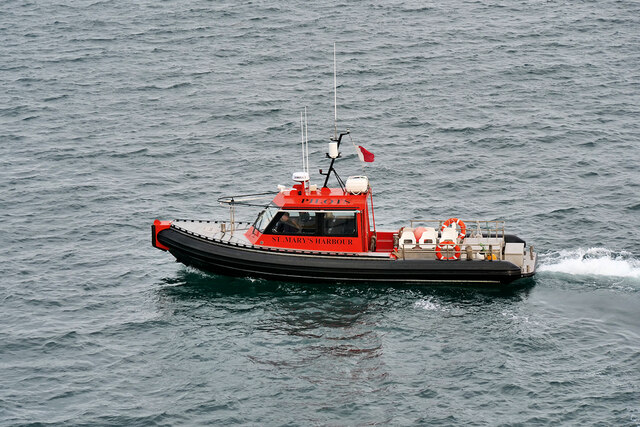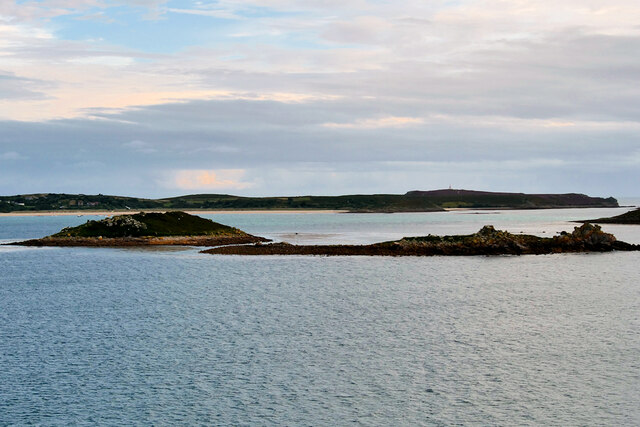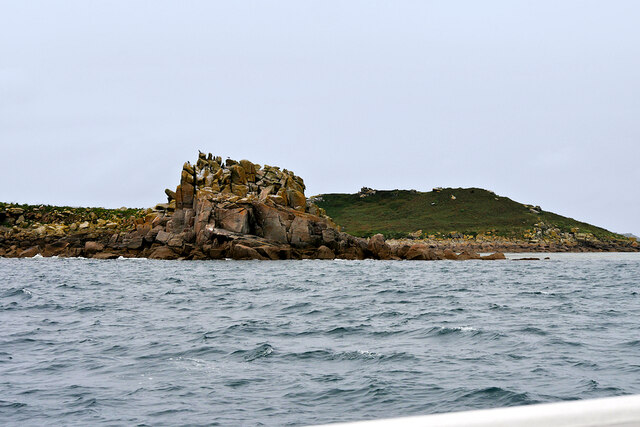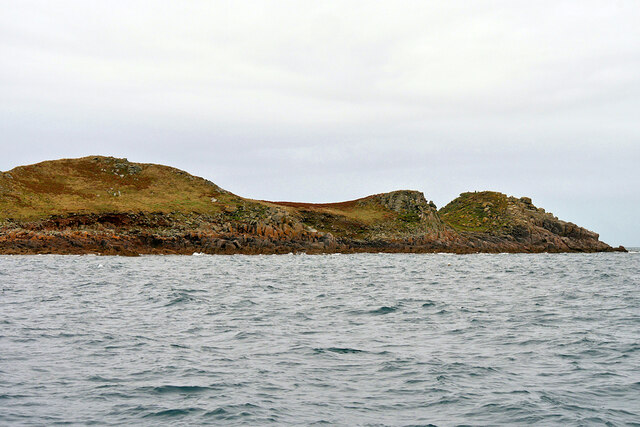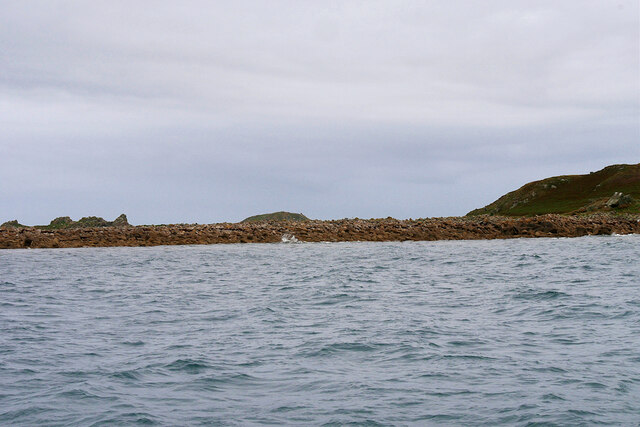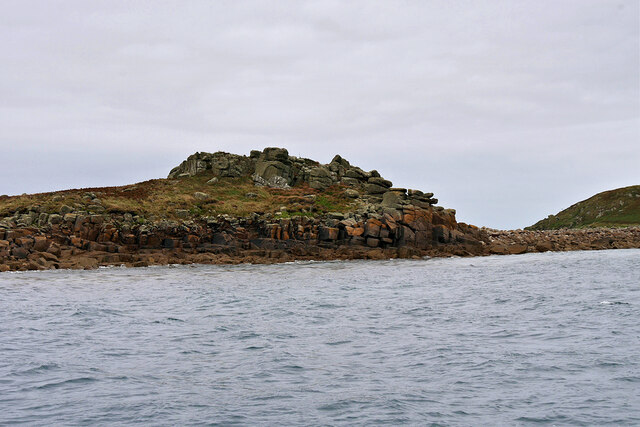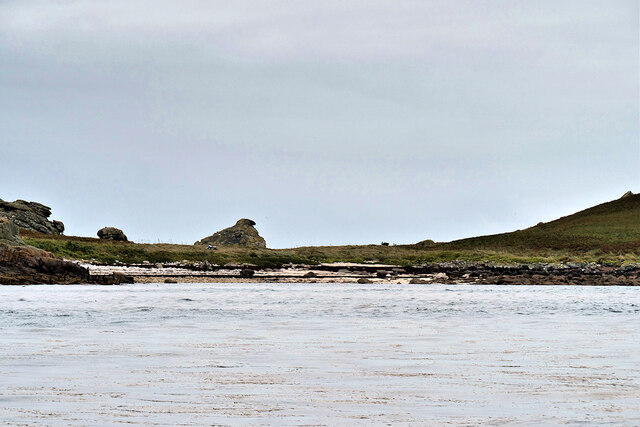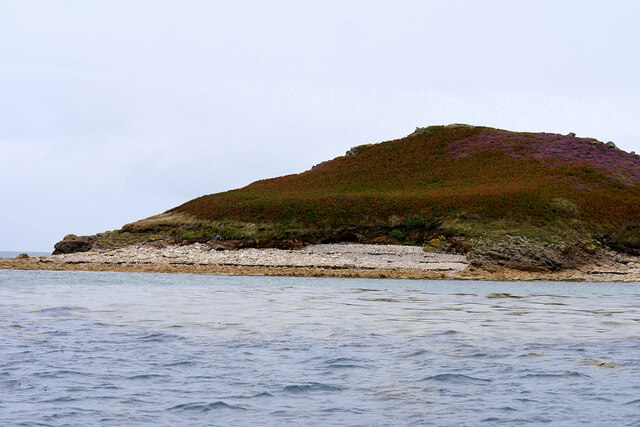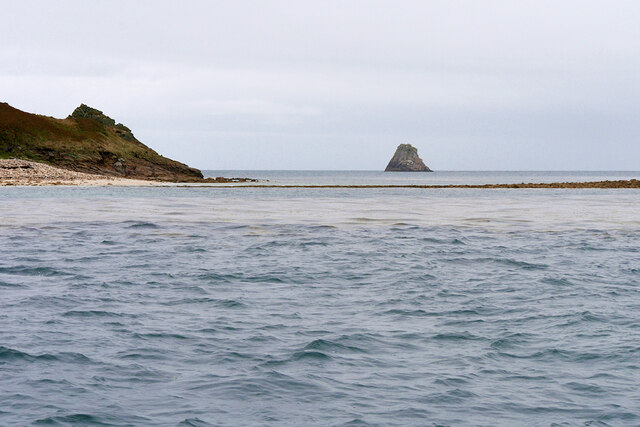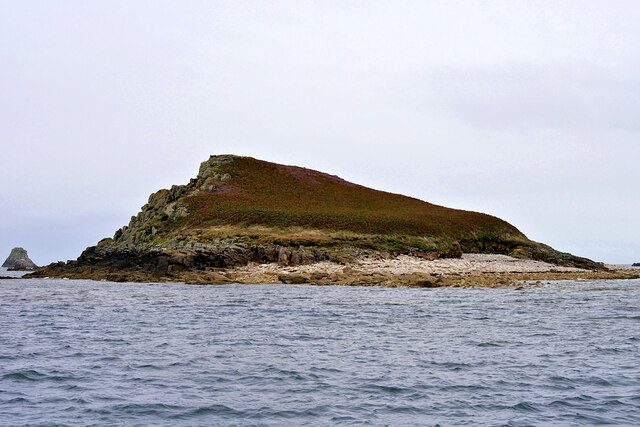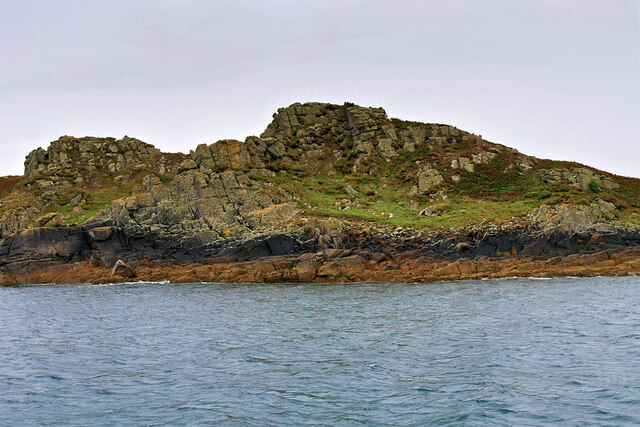Western Scud
Coastal Feature, Headland, Point in Cornwall
England
Western Scud
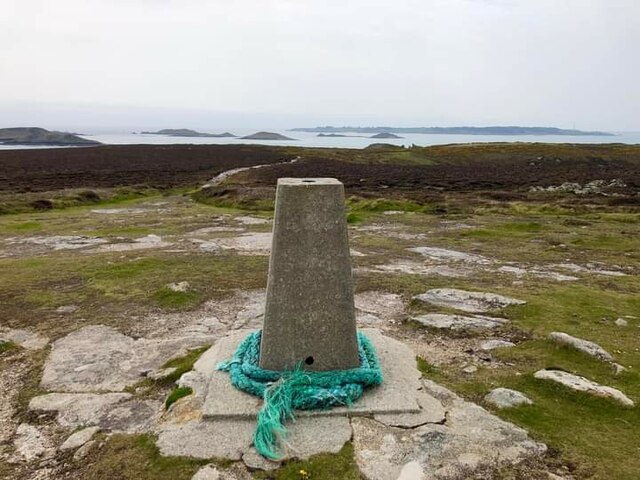
Western Scud is a prominent coastal feature located in Cornwall, England. It is a headland that juts out into the Atlantic Ocean, forming a distinct point along the rugged coastline. The headland is situated in close proximity to the town of St Ives and is a popular tourist destination due to its stunning natural beauty and unique geographical characteristics.
The Western Scud headland is known for its dramatic cliffs, which rise steeply from the sea, offering breathtaking views of the surrounding coastline. The cliffs are composed of rugged granite, creating a striking contrast against the deep blue waters of the Atlantic. These cliffs also provide a habitat for a variety of seabirds, making it a haven for birdwatchers and nature enthusiasts.
Visitors to Western Scud can explore its numerous walking trails that wind along the cliff tops, offering panoramic vistas of the ocean and the rugged Cornish coastline. The headland is also home to a diverse range of flora and fauna, with wildflowers and grasses adding vibrant splashes of color to the landscape.
Additionally, Western Scud is renowned for its stunning sunsets, as the headland faces westward, offering unobstructed views of the sun sinking below the horizon. This makes it a popular spot for photographers and couples seeking a romantic setting.
Overall, Western Scud in Cornwall is a remarkable coastal feature that showcases the raw beauty of the region. With its dramatic cliffs, diverse wildlife, and breathtaking views, it is a must-visit destination for anyone exploring the stunning coastline of Cornwall.
If you have any feedback on the listing, please let us know in the comments section below.
Western Scud Images
Images are sourced within 2km of 49.949029/-6.2708917 or Grid Reference SV9314. Thanks to Geograph Open Source API. All images are credited.
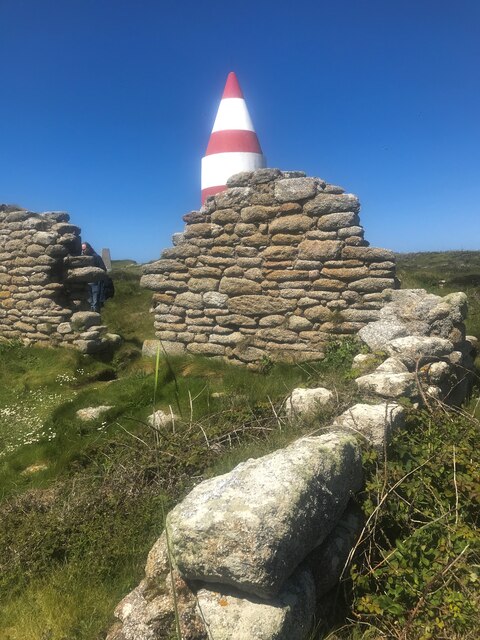
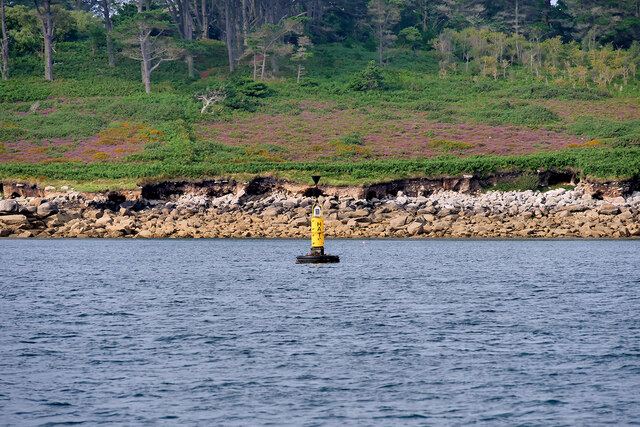
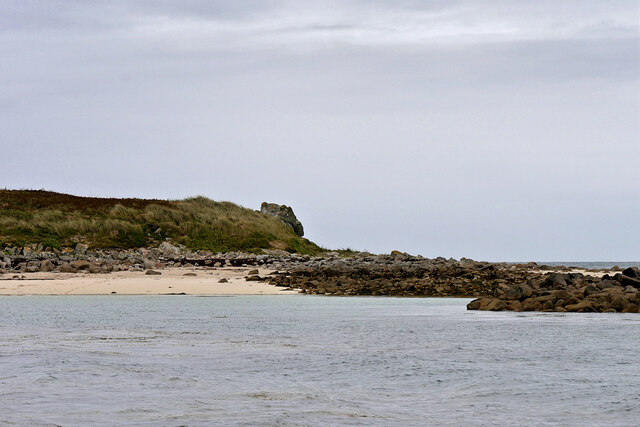
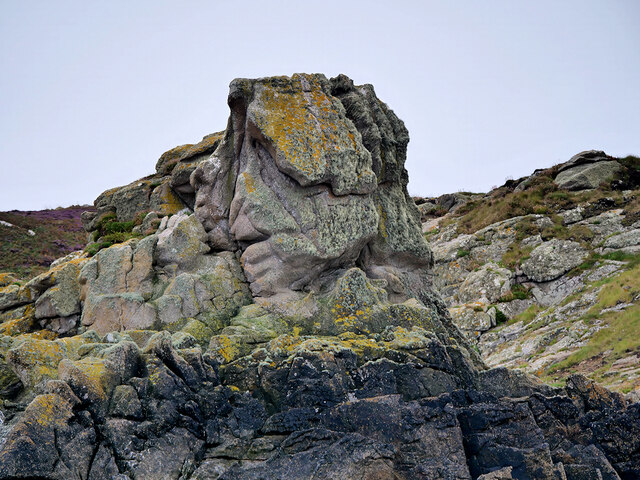
Western Scud is located at Grid Ref: SV9314 (Lat: 49.949029, Lng: -6.2708917)
Division: Isles of Scilly
Unitary Authority: Isles of Scilly
Police Authority: Devon and Cornwall
What 3 Words
///froth.clasping.bedroom. Near St Martin's, Isles of Scilly
Nearby Locations
Related Wikis
Wheel Wreck
The Wheel Wreck is the remains of a shipwreck lying in Crow sound off Little Ganinick in the Isles of Scilly. The wreck site consists of a discrete mound...
Great Ganilly
Great Ganilly ( gə-NIL-ee; Cornish: Goonhyli Veur, lit. 'great saltwater downs') is one of the Eastern Isles of the Isles of Scilly. It has a maximum total...
Eastern Isles
The Eastern Isles (Cornish: Enesow Goonhyli, islands of the salt water downs) are a group of twelve small uninhabited islands within the Isles of Scilly...
PS Earl of Arran (1860)
PS Earl of Arran was a passenger vessel operated by the Ardrossan Steamboat Company from 1860 to 1871 and the West Cornwall Steam Ship Company from 1871...
Nearby Amenities
Located within 500m of 49.949029,-6.2708917Have you been to Western Scud?
Leave your review of Western Scud below (or comments, questions and feedback).
